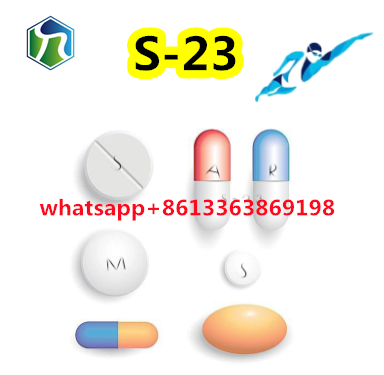
- +86-13363869198
- weimiaohb@126.com

Sep . 19, 2024 06:28 Back to list
wholesale procaine hcl cas 59-46-1
Procaine HCl A Comprehensive Look at Its Wholesale Market
Procaine hydrochloride (HCl), known by its CAS number 59-46-1, is a well-established local anesthetic that has been in use since the early 20th century. Originally synthesized by Alfred Einhorn in 1905, procaine became popular for its effectiveness in dental procedures and minor surgeries. As the demand for local anesthetics has evolved over the years, so too has the wholesale market for procaine HCl. This article delves into the significance, application, and dynamics of the wholesale procaine HCl market.
Applications of Procaine HCl
Procaine HCl acts by blocking nerve signals in the body, providing localized anesthesia. Its applications are primarily seen in dentistry, where it is often utilized for procedures requiring numbing of the gums and surrounding tissues. Additionally, procaine is sometimes used in minor surgical procedures, pain management, and even in certain diagnostic applications. Notably, it also finds a role in the veterinary field, providing anesthesia in various animal procedures.
Beyond its anesthetic properties, procaine HCl has garnered attention for its potential use in alternative therapies. Some practitioners within holistic medicine have explored its application for conditions such as chronic pain and other ailments, although such uses require careful consideration and should be supervised by qualified professionals.
The Wholesale Market Dynamics
The wholesale market for procaine HCl is influenced by several factors, including regulatory compliance, manufacturing costs, and global demand. Suppliers in the pharmaceutical industry focus on maintaining the highest quality standards, adhering to regulations set forth by health authorities like the FDA. This adherence not only ensures safety and efficacy but also promotes trust among healthcare providers who rely on these products.
wholesale procaine hcl cas 59-46-1

In terms of pricing, the cost of procaine HCl can vary significantly based on factors such as purity, supplier reputation, and market competition. Wholesale buyers typically include pharmacies, hospitals, and clinics, all of which seek reliable sources to meet their anesthetic needs. The competitive landscape can affect pricing strategies, encouraging suppliers to provide more cost-effective options without compromising quality.
Market Trends and Future Outlook
Emerging trends indicate a growing interest in pain management alternatives and increased usage of local anesthetics like procaine HCl in various medical fields. The rise of minimally invasive procedures also supports the demand for effective local anesthetics. Moreover, as research continues to explore the therapeutic potentials of existing drugs, procaine may find new applications that extend its relevance in modern medicine.
On the other hand, the wholesale market faces challenges, including price fluctuations due to raw material costs and regulatory changes that may impact manufacturing practices. Suppliers must stay informed about these factors to adapt promptly.
Conclusion
In summary, procaine hydrochloride remains a crucial component in the field of local anesthesia, with a robust wholesale market supporting its distribution. As the demand for effective and safe anesthetic solutions continues to rise, procaine HCl is likely to maintain its presence, driven by both traditional applications and new therapeutic explorations. Stakeholders in the wholesale market must navigate regulatory landscapes and market dynamics to ensure that this essential medication remains accessible to those who need it.
-
158861 67 7: Advanced Peptides for Fat Loss & Muscle Growth
NewsAug.10,2025
-
High-Quality Pharmaceutical Intermediates for API Synthesis
NewsAug.09,2025
-
158861 67 7: Premium Peptides for Weight & Fat Loss
NewsAug.08,2025
-
Quality Pharma Intermediates & API | Leading Manufacturer
NewsAug.07,2025
-
GHRP-2 (158861 67 7) Peptides for Fat & Muscle Gain
NewsAug.06,2025
-
GS-441524 for White Liquid Factories: Boost Efficiency & Purity
NewsAug.04,2025